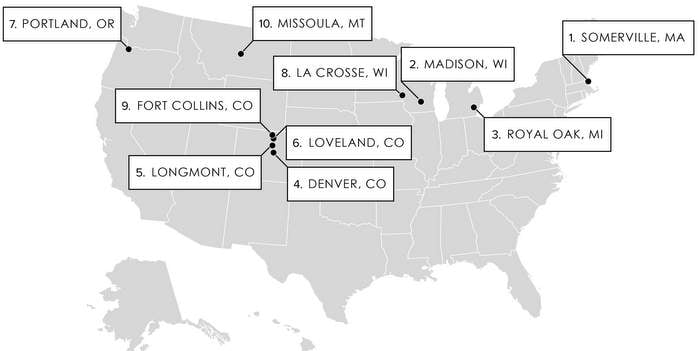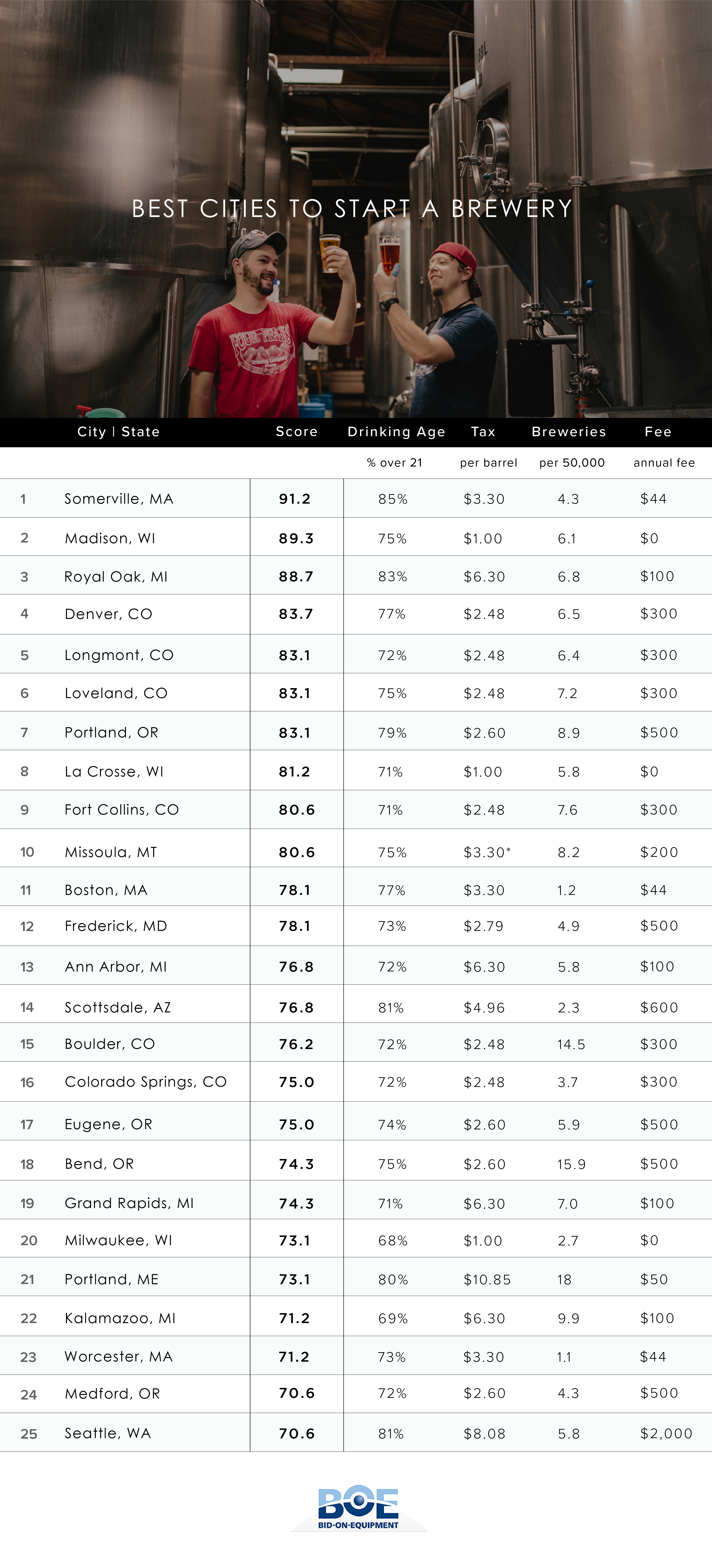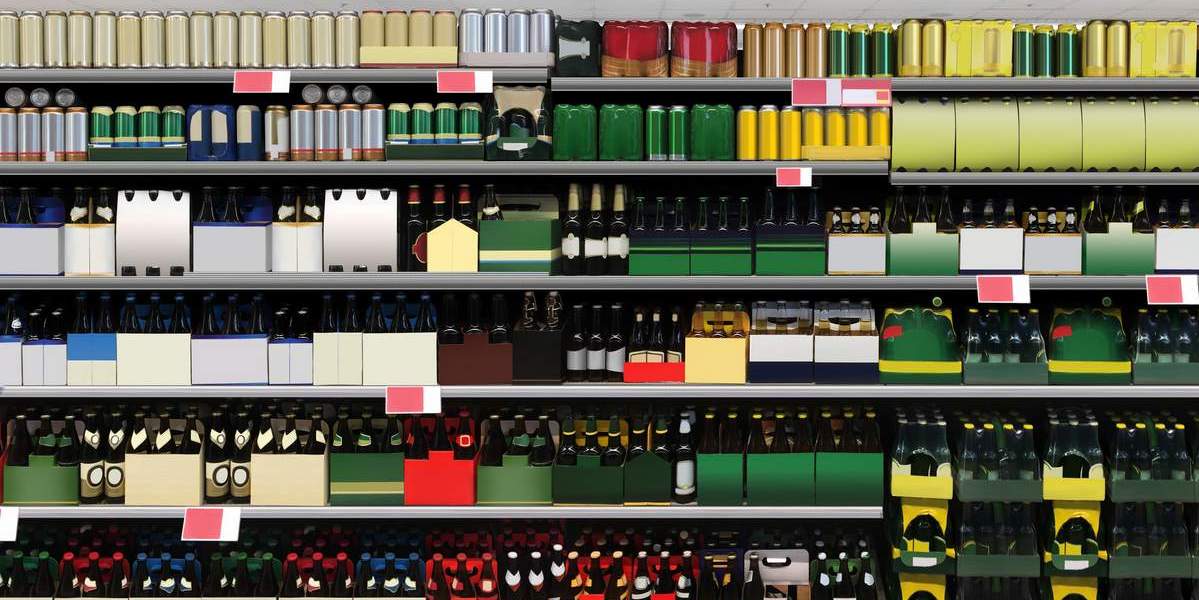
There are more than 7,500 craft breweries now open in the United States, and the day’s of overall sales growth might be over. If you haven’t opened up your craft brewery yet, did you miss your shot?
We don’t think so as local taproom-focused breweries and brewpubs continue to show a blueprint for success. A big key to being a successful local brewery is choosing the right spot to be “local” in. To aid in this search, the folks at Digital Third Coast devised a scoring system to try and determine the top 25 cities for opening up that next great local brewery.
Note the methodology
There are different ways to do this to be sure. Digital Third Coast used a mix of census-defined places with at least 50,000 people in the 2017 5-Year U.S. Census’ American Community Survey. The company compared these cities across two key categories — “Business Environment” and “Business Costs.”
Within those categories, they measured six different metrics, which are listed below along with their corresponding weights. Each metric was graded on a 100-point scale. Data for metrics with an asterisk (*) were only available on the state level.
To determine an overall score, each city’s weighted average was calculated across all metrics.
Business Environment — 50 Points
- Percent of population age 21 or over: 12.5 points
- Number of breweries per 50,000 people: 12.5 points
- Self-distribution* (If state allows breweries to self-distribute): 12.5 points
- Median income: 12.5 points
Business Costs — 50 Points
- State excise tax per barrel*: 25 points
- Brewery license cost*: 25 points
Why state excise tax was included within rankings: According to the Beer Institute, a national trade association for the American brewing industry, “Taxes are the single most expensive ingredient in beer, costing more than the labor and raw materials combined.” Research has shown that approximately 40 percent of the retail price of beer is dedicated toward covering all applicable taxes. State excise tax was analyzed from the Brewers Association and based on microbreweries that are classified as selling less than 15,000 bbls per year.
Outliers: In order to consider oversaturation within the market, cities with more than 10 breweries per capita were calculated as outliers and therefore given a lesser grade.

Observations
“It’s interesting to note that large metropolitan cities are scarce on our list. In fact, only five cities on our list have a population of 500,000 or more,” the researchers noted. “Many small cities such as Royal Oak, Michigan, Bend, Oregon and Longmont, Colorado, top our list. Speaking of Colorado and Oregon, both states make the most appearances on the top 25 list. There are six cities representing Colorado and four representing Oregon.
“With a population of less than 100,000 people, the small but densely-populated city of Somerville, Massachusetts, tops our list with an overall score of 91.2. The city has the highest percent of 21+ population on the list as well as a low state excise tax on barrels of beer along with one of the lowest brewery license fees in the country.
“If craft beer’s popularity continues to grow it will be interesting to see what cities hold onto their rank and what newcomers emerge.”






Paul Sandoval García says
Fernando Finol
Rickface says
@DTCchicago Unsurprisingly 0 of the 25 best cities to start a brewery were in the south.
Sustainable Food Net says
@DTCchicago Alameda County has just opened the countryside to craft brewing. Show me your busines… https://t.co/Kg49E3qaxP